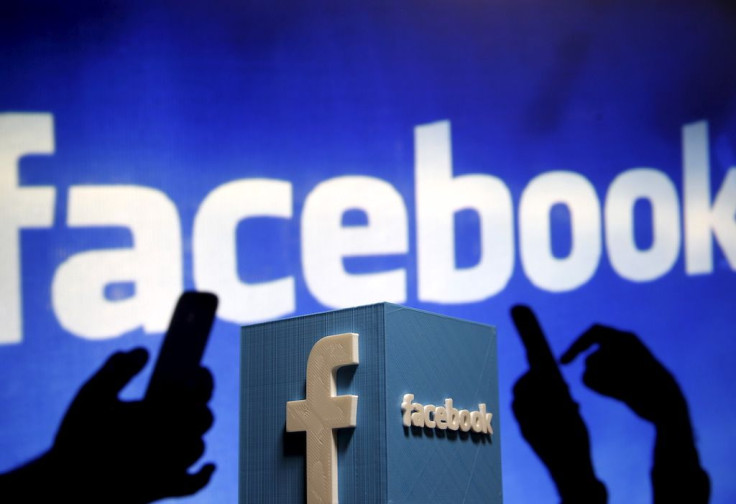Fake News Sites: Facebook Rolls Out Related Links To Combat Problem

Facebook announced it is broadly rolling out its Related Articles feature on the News Feed to counter fake news. Related Articles will now appear underneath news links that are getting a lot of attention, or are suspected of providing false news.
“We will start using updated machine learning to detect more potential hoaxes to send to third-party fact checkers. If an article has been reviewed by fact checkers, we may show the fact checking stories below the original post,” Facebook News Feed product manager Sara Su said.
“In addition to seeing which stories are disputed by third-party fact checkers, people want more context to make informed decisions about what they read and share. We will continue testing updates to Related Articles and other ongoing News Feed efforts to show less false news on Facebook and provide people context if they see false news,” Su said.
Moving forward, Facebook plans to improve its machine learning algorithms that identify potential false news by also taking to account user comments and reports. These stories will then be sent to fact checkers, according to Engadget.
READ: Mark Zuckerberg 2020? Facebook CEO Hires Clinton, Obama Strategist
Facebook’s strategy here is more on providing users with different angles on news stories. It could drastically change how people read and share news stories on Facebook. If a suspicious or outright fake news article is accompanied by Related Articles, even before they’ve clicked on them, it would discourage people from spreading false information.
Facebook’s Related Articles strategy could also help people to stay informed without worrying that they’re reading false news. Related Articles would be able to provide them with differing views, making the spread of news a little more balanced on the social network.
Most importantly, Related Articles on the News Feed would provide users with more context on the topic of a news that they’re reading. This should help users make up their minds about a topic.
Related Articles was actually first made available on Facebook way back in 2014. At the time, it was more on providing users more information after they’ve clicked on a news story, rather than combating fake news. Facebook actually began testing this new version of Related Articles with machine learning technology and fact checking back in April 2017.
This version of Related Articles is now rolling out in the U.S., Germany, France and the Netherlands, according to TechCrunch. These countries will be getting it first because Facebook has already established fact checking partnerships in those regions.
“We don’t want to be and are not the arbiters of the truth. The fact checkers can give the signal of whether a story is true or false,” Facebook News Feed integrity product manager Tessa Lyons said.
READ: Facebook Reportedly Working On A Video Chat Device With Touchscreen Display
Facebook’s efforts to combat fake news began shortly after the 2016 U.S. Presidential Election. It prompted Facebook CEO Mark Zuckerberg to start improving how information is shared on the News Feed.
“Our goal is to show people the content they will find most meaningful, and people want accurate news,” Zuckerberg said back in November. “We have already launched work enabling our community to flag hoaxes and fake news, and there is more we can do here. We have made progress, and we will continue to work on this to improve further.”
In addition to Related Artices, Facebook has also implemented various changes to improve the News Feed over the last few month. These includes tagging disputed articles, reducing clickbait headlines and, most recently, showing fewer links that slowly opens websites.
© Copyright IBTimes 2025. All rights reserved.




















